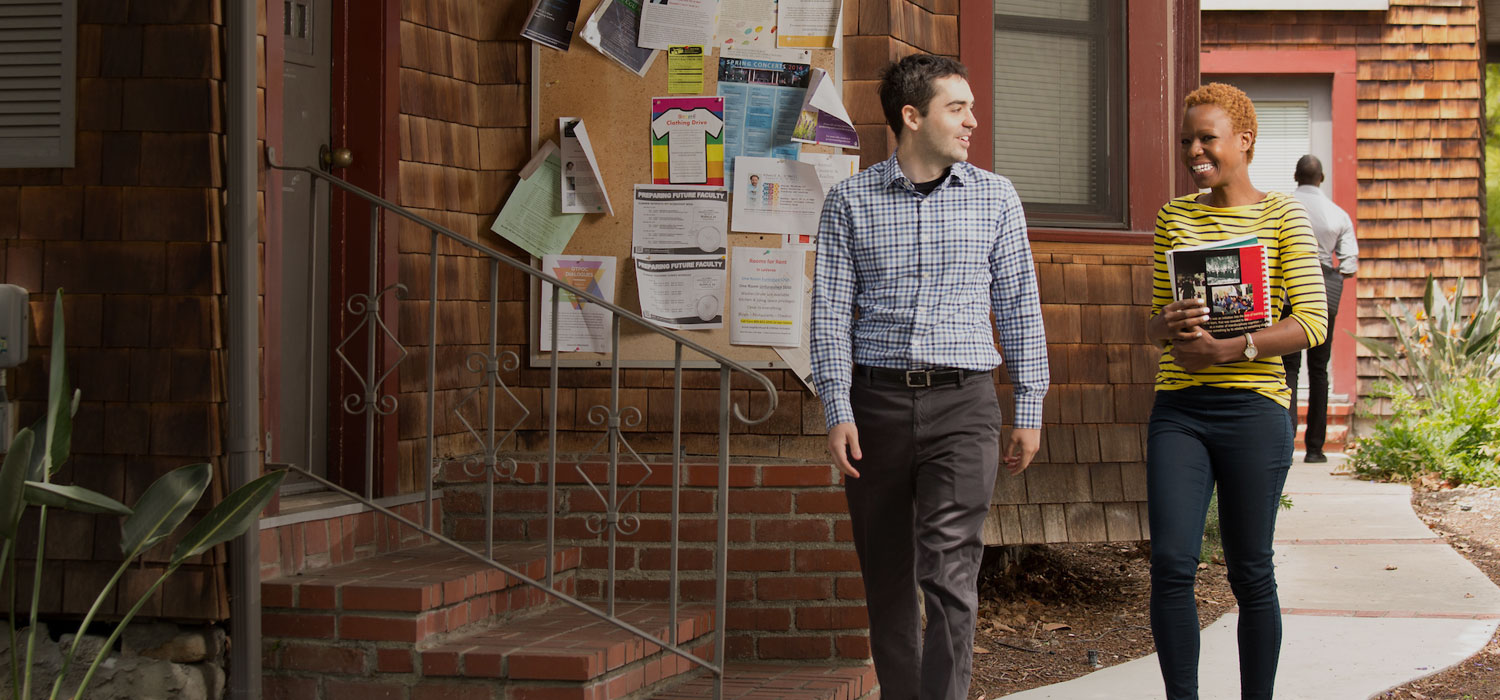History: It Begins With People and Their Communities
For some, the work begins with old books and newspapers, diaries, and other records found in archives.
For Romeo Guzmán, it starts with people, especially those overlooked by more traditional historical approaches.
“There are folks who matter to history who haven’t been included in the archives or any discussions,” says Guzmán, an assistant professor of history at Claremont Graduate University and known for his scholarly efforts to bring underrepresented groups into the historical record. “That doesn’t mean we should include them just for the sake of including them. For me it’s more important than that. They have stories and memories that are just as necessary as everything else.”
Guzmán is a leading practitioner of what is known as “public history,” which departs from traditional approaches in order to find innovative, inclusive, organic ways to involve communities in the history-telling process.
Of course, writing books is one way to tell history, but for Guzmán the practice of history can take many other exciting shapes, too: a vivid painting or public sculpture that greets commuters every day, for example, or a special event that brings community members together to learn more about the place where they live.
In Fresno, where Guzmán taught before coming to CGU, he developed a public history initiative that shone a light on unexpected things—hip hop culture and soccer—and how each has played a defining part in that region’s historical identity.
In Southern California, Guzmán’s work as a public historian has been directed at the City of El Monte and South El Monte, located just 17 miles from downtown Los Angeles. With his wife Carribean Fragoza, he founded the South El Monte Art Posse (SEMAP) and published the acclaimed book East of East: The Making of Greater El Monte in response to the city’s official historical records, which Guzmán calls “exclusionary.”
“There’s one group that’s been telling the story and that’s been telling it for decades. When that happens, you miss out on so much else,” he explains. “The ones telling the story are usually the ones who politically have power, and they’re not necessarily people of color.”
Which is why, if you’re driving through the city today and see bright new murals adorning the mall or a plaza, they aren’t simple acts of beautification—they’re part of the work, Guzmán says, that his group and others are conducting with muralists as part of a city effort to integrate its past more organically into its present.
Guzmán’s efforts—and his training of students at CGU to become the next generation of public historians—received a big boost with his recent selection for a prestigious Whiting Public Engagement Fellowship, which (along with SEMAP’s work with local schools and plans to establish a museum as a counterbalance to the city’s official one) will enable him to work with more grad students and more of El Monte’s citizens to paint a richer picture of the city’s past.
“What I really like about public history is that it’s a community process, it’s not about an individual,” he says. “There’s something really beautiful about sharing things collectively and doing it in ways that help people see how they’re tied to a particular place. It’s not just fun for me but very gratifying and deeply personal.”
